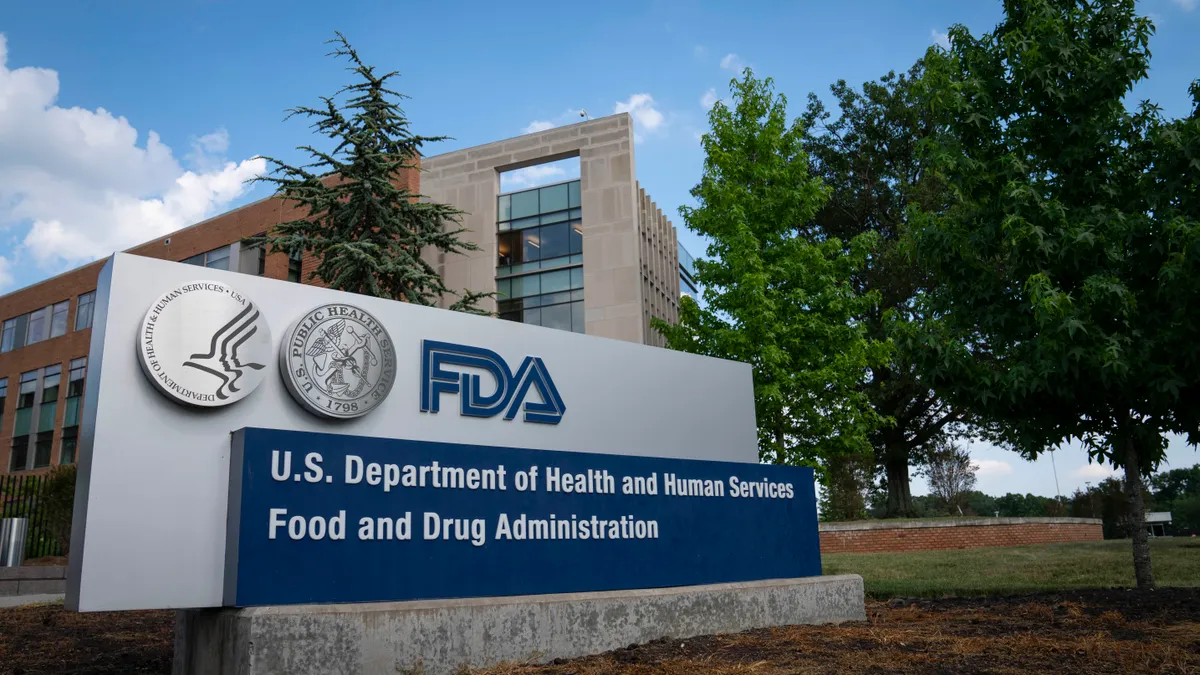Dive Brief:
- The Food and Drug Administration has elevated and expanded an office that handles activities including medical device cybersecurity and digital health.
- Effective immediately, the Office of Strategic Partnerships and Technology Innovation (OST) has become a “super office.” The reorganization creates new divisions and programs at the OST to account for its growth since 2019 and raise the profile of digital health work.
- The five offices housed in the OST will lead the FDA’s medical device resilient supply chain and shortages program, drive the development of voluntary consensus standards and work on new approaches to digital health regulation.
Dive Insight:
The OST previously housed three divisions focused on hazard response, digital health, and technology and data services. The reorganization, which the FDA first disclosed in August, has replaced those three divisions with five offices focused on supply chain resilience, digital health, technology and data, readiness and response, and health equity. Fourteen divisions sit under those five offices.
The structure is designed “to better integrate the collective work across the OST,” increase efficiency, optimize decision making and “ensure process and policy consistency for quality assurance,” according to the FDA’s Wednesday announcement.
The agency cited the Digital Health Center of Excellence (DHCoE) as a beneficiary of the reorganization. Under the new structure, the DHCoE “will have a higher profile,” the FDA said, and will facilitate “bold steps to embrace responsible innovation that protects patients, addresses bias, advances health equities, and supports a diverse and agile workforce.”
FDA officials also discussed the impact of the changes on device cybersecurity, readiness and response, and standards. The new Office of Readiness and Response sits above three divisions focused on those areas. Creating a division dedicated to medical device cybersecurity will advance preparedness, response and coordination for incidents by “enhancing collaborations” and “optimizing operational responsiveness.”
The FDA framed the changes as a way to further its efforts to meet its MDUFA V commitments and the strategic priorities it set in its plan for 2022 to 2025. Health equity features in the MDUFA commitments and strategic priorities, and that focus will now be supported by an Office of Equity and Innovative Development that will work to foster “device innovation that expands access to diverse patient populations.”











